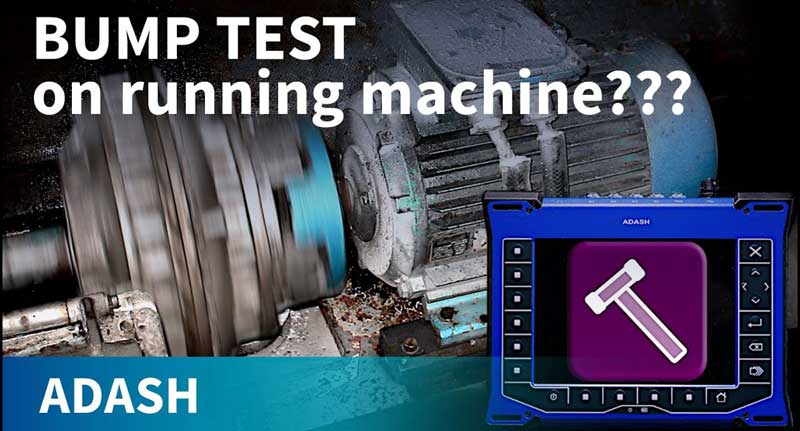Adaptivní online monitorovácí systém
Adash adaptive online vibration monitoring system - store less data, keep all the information, measure continuously.
The basic difference between portable instruments and online systems is just one. The online units measure continuously all the time which brings us to one main trouble. The amount of data is huge. How to handle with them in reasonable time. Hard drives size seems endless nowadays and processors speed seems endless too. But it is not true. We also need to plan carefully what to measure and how often even these days. The limits still exists. Let's suppose one measurement point. Unthinking user, who does not consider consequences, set the spectrum with 25600 lines and time waveform with 32768 samples. Each line and sample needs 4 bytes on drive. It means more then 100 kB for each spectrum and time signal. And now multiply because user wants to measure each second and needs to measure 16 machines, with 5 points on each machine. He needs almost 2 terabytes for one day. Another problem is that such users wants to run this systems on a small laptop. How to decrease the data amount? The usual approach is to measure just in time intervals. For example I measure the ISO RMS in mm/s. One measurement takes 1 second. I need to dilute the data. I set the time interval between measurements to 5 minutes. This setting has disadvantage. I do not know what was happening between measurements. The signal could be very variable. Adash wants to measure continuously. We developed special online data management system, which solved all mentioned troubles. Our solution meets both conflicting criteria. It means we measure all the time continuously. If the measurement takes 1 second, then 60 readings are taken in each minute. But we also decrease the amount of data. It means we save just reasonable amount of data. How do we do it? The main rule is this. If the measured value is the same, then there is no reason to save it again and again. But two measured values are never exactly the same. We define the special comparative parameter for that. It is the significant difference between values. It is defined in percent. We use 5% as default value. Let's suppose, that the last saved value is 2.00 mm/s. We save next value it it is higher than 2.1 or lower than 1.9. The difference against 2.00 must be larger the 5%, it means larger then 0.1 mm/s. As the second function we developed our own Adash compression method. Our data size is just 25% of the original size. The important part of Adash online systems is DDS software. All settings are made in this software. The tree contains the structure of machines, measurement points and types of measurement like overall, spectrum, time waveform and next The DDS also displays measured data. The DDS runs and stops the online system. DDS enables to create the schemes of machines with actual values , with trends of data, with spectrum graphs, with time wave forms. On so called realtime panels you can display last measured values and you can see, that system is alive. Advanced users can change above mentioned default data saving configuration setting. There is a short text file, which contains parameters used for system control. But the default settings should satisfy all standard online measurement requirements.
Many users are afraid of online systems. They suppose that it is much more complex then using portable units. It is not true. With Adash systems it is the same level. In Adash the portable and online systems work with just one DDS software. You can simply share data from both systems. And the Adash adaptive system enables to have small databases and very quick data processing at once.
Do you want any references? Our Adash systems are installed in all czech nuclear power stations. Even in primary circuit in high temperature environment.





